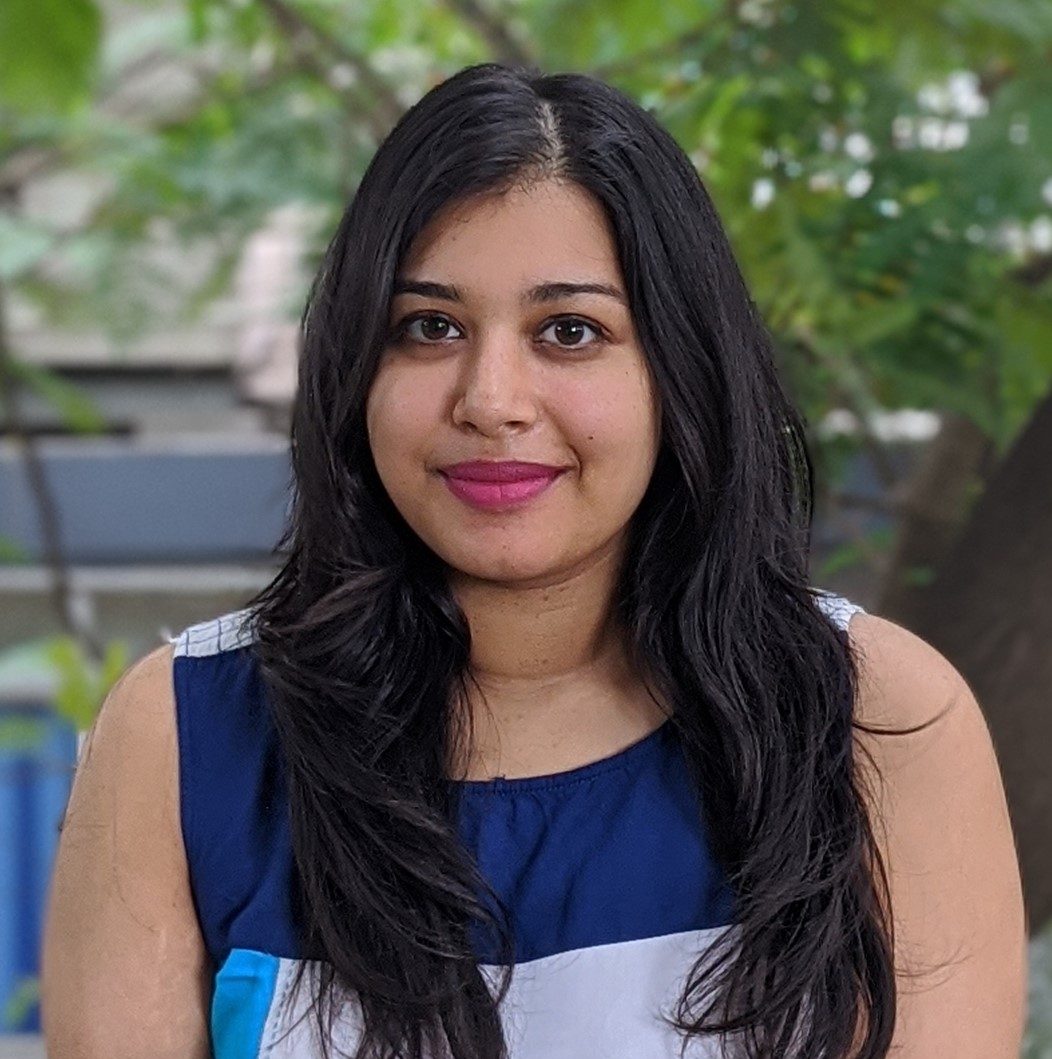
In 1834, Sir Thomas Macaulay left for India to modernize the Indian legal system on the request of the British Parliament. This resulted in the Indian Penal Code and Code of Criminal Procedure, which despite being amended on several occasions, remain the most comprehensive and significant criminal legislations in India.
In May 2020, the Ministry of Home Affairs constituted the Committee for Reform of Criminal Laws. The purpose of this first-of-its-kind Committee is to reform substantive and procedural criminal laws because the current laws “…reflect State paternalism and…Victorian morality of the colonial states…[and] the socio-political beliefs and legal discourse of that era”.
This Committee has faced criticism on several counts, primarily relating to the limitations of its online consultation mechanism and the lack of diversity among its members. Citizens for Justice and Peace notes that the five-member Committee consists entirely of upper-caste, male Hindus – which is wholly unrepresentative of the religious and gender diversity of the Indian population.
The 2019 Prison Statistics Report by the National Crime Records Bureau shows that Muslims, Dalits, and Adivasis make up more than 51% of all undertrial prisoners – while collectively making up less than 39% of the population. Reports like the Criminal Justice in the Shadow of Caste have shown that this is caused by delayed investigations and unjustified arrests, influenced by caste or religious bias.
Considering these statistics, criminal law reforms – particularly procedural reforms which make the bail system more flexible, or which impose penalties for delayed investigations – will have an outsize impact on these communities. The absence of a single representative from any one of these communities, however, means that they have been denied meaningful participation in one of the most important legislative reforms in contemporary India.
Tarunabh Khaitan observes that public participation in pre-legislative processes is intrinsically good because it demonstrates that the State sees the various members of the public as equal, and affirms their right to participate in decisions which impact them. This can be extended to make a case for women to be included in the Committee: although they are arrested and detained far less than men, they have an equal right to representation as citizens. Women are also economically and socially impacted by the imprisonment of male relatives, and therefore have a direct stake in these reforms.
Further, the Indian Constitution recognizes the importance of representation for historically underrepresented and marginalized communities, by reserving seats for Scheduled Castes, Tribes, and women at various levels of government. Reconstituting the Committee to ensure representation of these communities allows the Committee to fulfil its self-declared objective of moving towards a “legal system that prioritises constitutional values.”
While the Committee has instituted an online consultation mechanism which invites comments from the public, this mechanism has been criticized for its failure to be truly ‘public’ in spirit. It has barely been advertised, is entirely in English, and hence has a very limited reach.
The infirmities of the online consultation mechanism, combined with the lack of representation on the Committee, means that the inputs of the most-impacted stakeholders have been absent from this reform process. Not only does this negate the right to meaningful public participation, but it also is likely to impact the transformative potential of these reforms.

